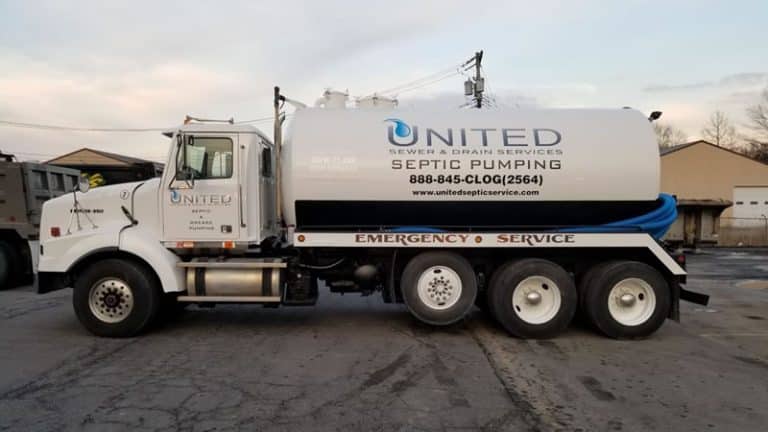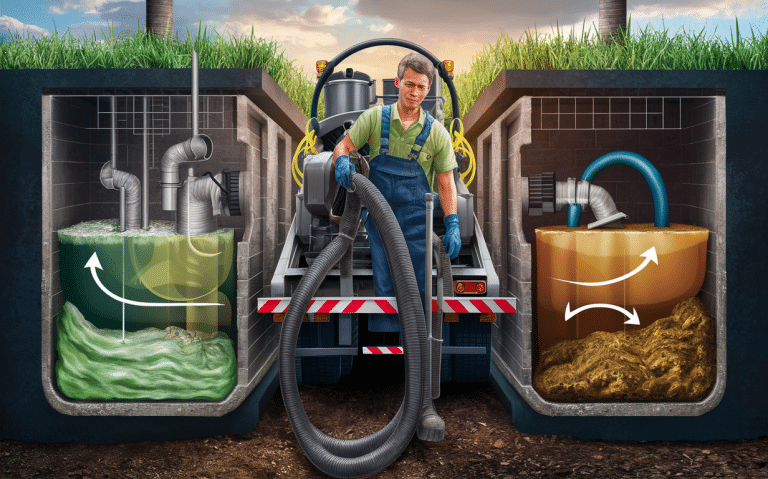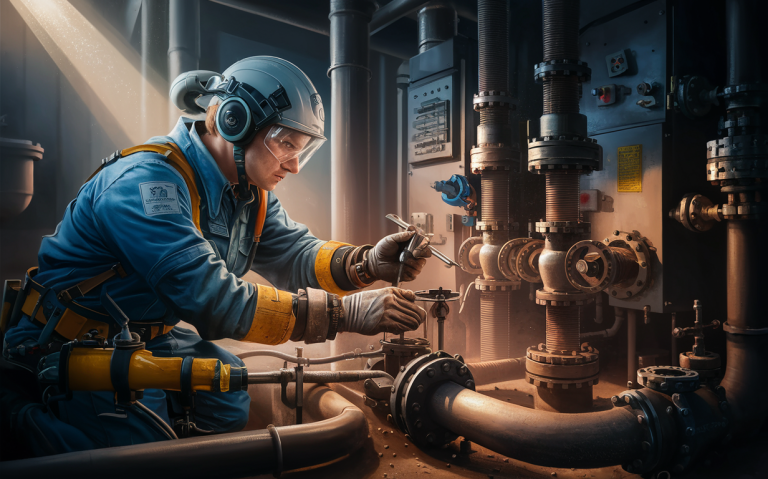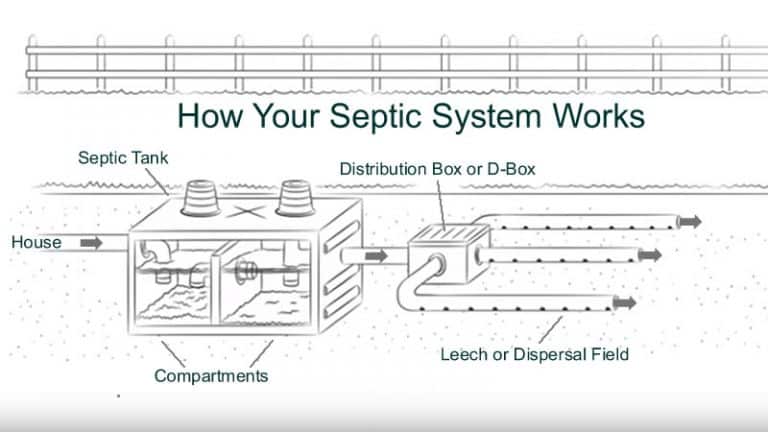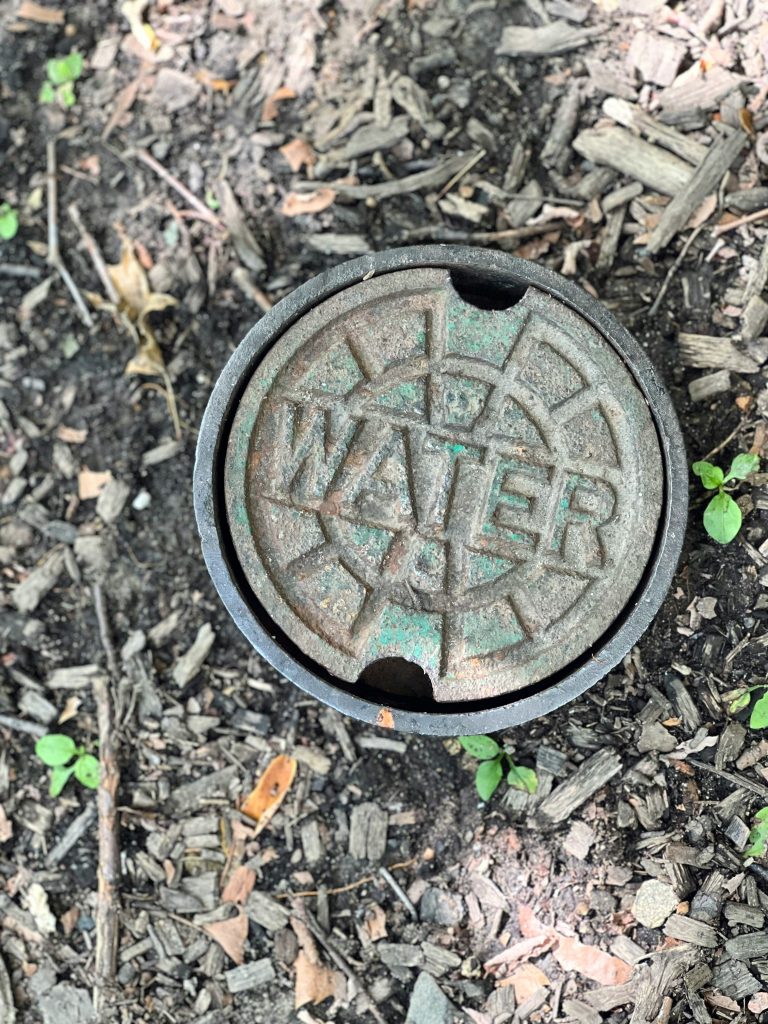Routine Lift Station Pumping and Cleaning Services: Key Benefits
Maintaining a properly functioning lift station is crucial for any commercial property. Routine lift station pumping and cleaning services ensure that wastewater is efficiently moved from lower to higher elevations, preventing backflow and contamination issues.
In this article, we will explore the importance of these services, what they entail, and how they can benefit your commercial property.
Key Takeaways
- Routine maintenance is essential for the efficient operation of lift stations.
- Lift stations help in the movement of wastewater from lower to higher elevations.
- Pumping and cleaning services involve removing waste, checking system functionality, and ensuring overall efficiency.
- Regular services can prevent costly repairs and extend the lifespan of your lift station.
What is Lift Station Pumping and Cleaning?
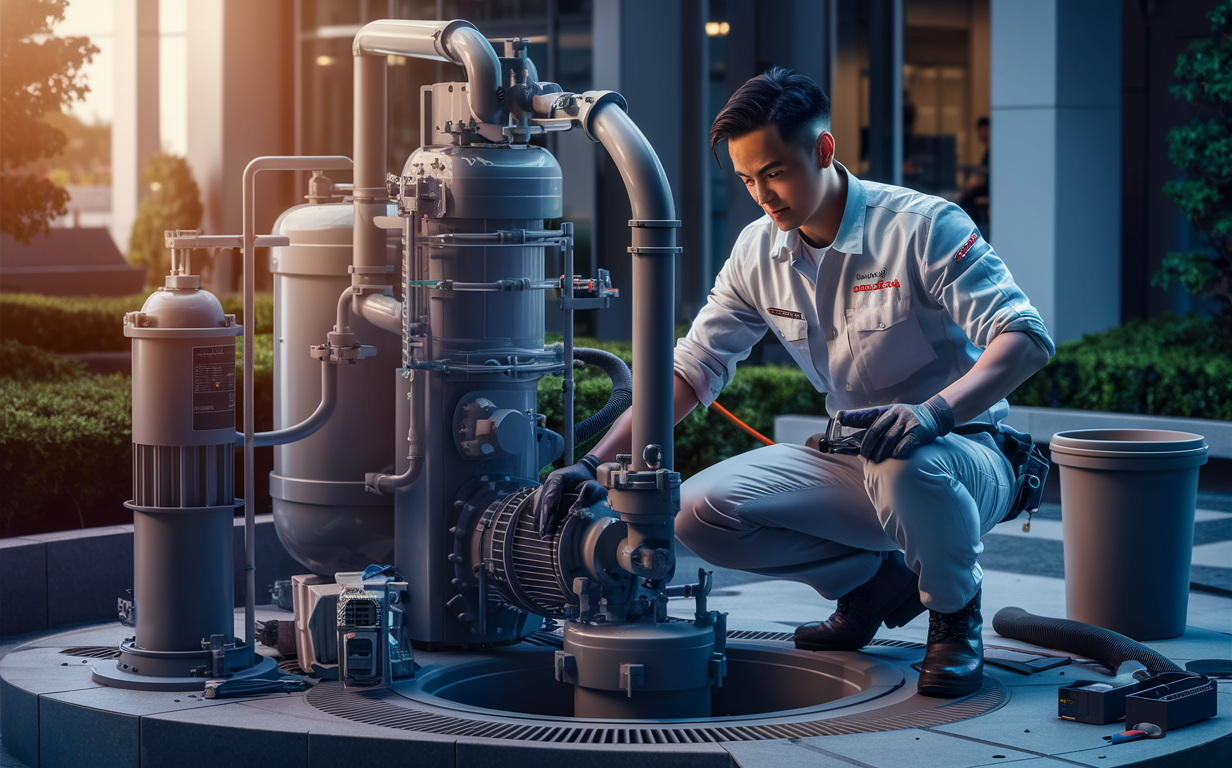
Lift station pumping and cleaning involve scheduling regular maintenance to ensure that the station effectively moves wastewater from lower points to higher points where it can be treated or disposed of properly. This process helps prevent system failures and ensure smooth operation.
The Necessity of Routine Maintenance
Routine maintenance is a preventive measure that helps avoid unexpected breakdowns and expensive repairs. It involves checking the pumps, cleaning the wet wells, and removing debris and sediment build-up from the system. This ensures that the lift station operates efficiently and prolongs its lifespan.
Benefits of Routine Lift Station Pumping and Cleaning Services
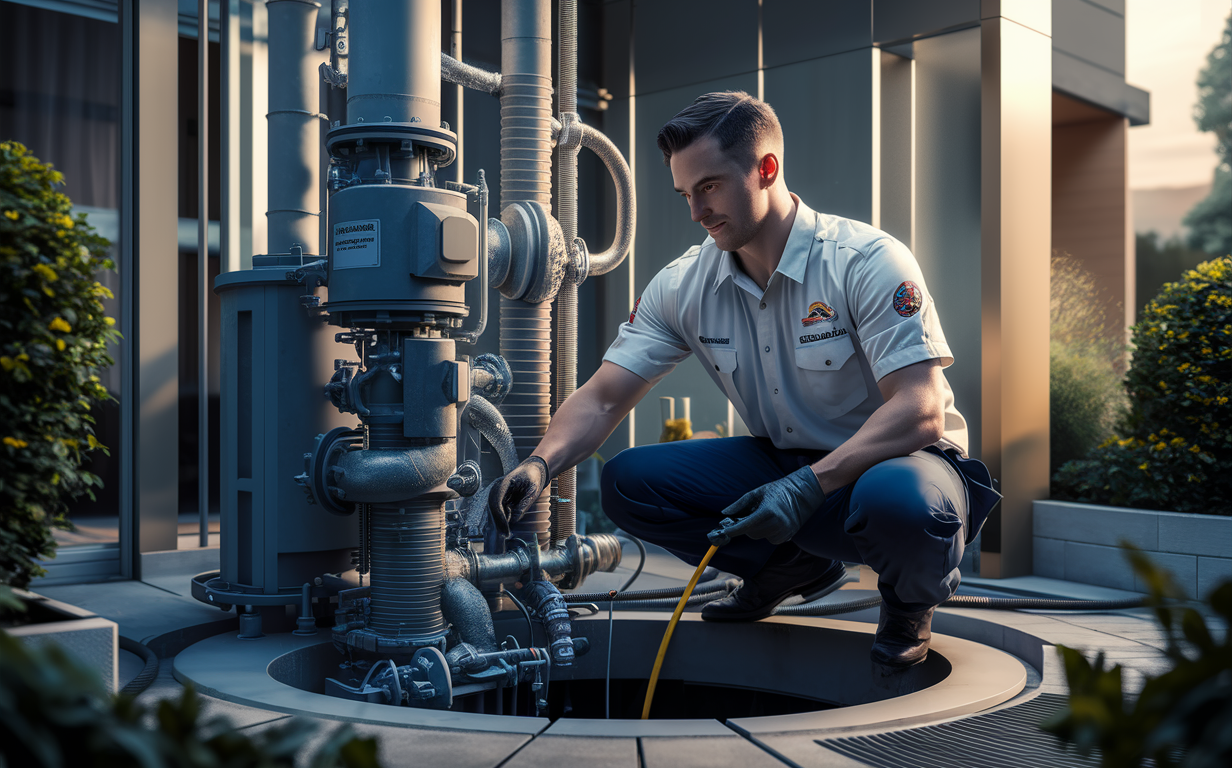
1. Preventing System Failures
Regular pumping and cleaning services help identify and rectify minor issues before they escalate into major problems. This preventive measure is crucial in avoiding system failures that could lead to costly repairs and downtime.
2. Cost Efficiency
Routine maintenance is more cost-effective than emergency repairs. By regularly servicing your lift station, you can avoid the high costs associated with unexpected breakdowns and system failures.
3. Ensuring Compliance
Commercial properties must adhere to local regulations regarding wastewater management. Regular maintenance ensures that your lift station complies with these regulations, avoiding potential fines and legal issues.
Components of Lift Station Pumping and Cleaning Services
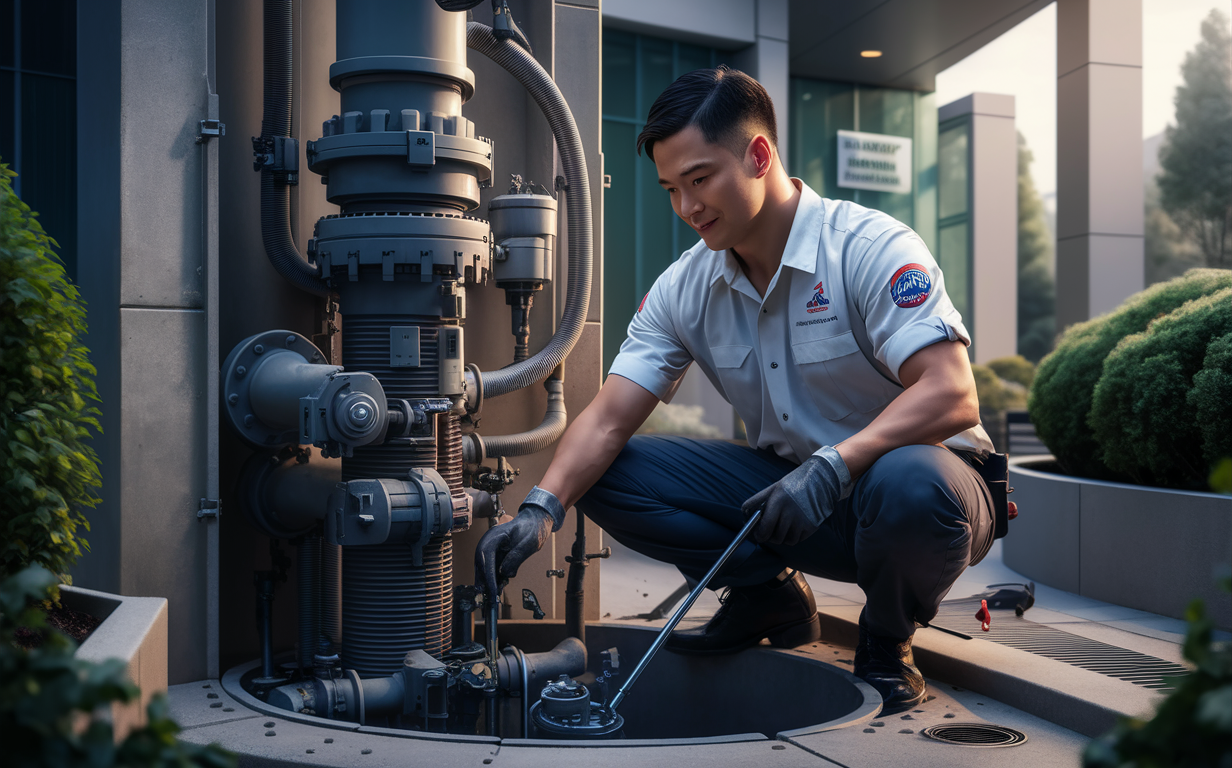
Inspection
The first step in routine maintenance is a thorough inspection of the lift station. Technicians check the pumps, control panels, and other components to ensure they are in good working condition.
Pumping
During the pumping process, waste materials are removed from the wet well. This prevents the accumulation of debris, which can cause blockages and reduce the efficiency of the pumps.
Cleaning
Cleaning involves removing sediment and other build-ups from the lift station. This step is crucial in maintaining the overall efficiency of the system.
Testing
After pumping and cleaning, the technicians test the lift station to ensure it is functioning correctly. This includes checking the pumps, control panels, and alarm systems.
Frequency of Lift Station Maintenance
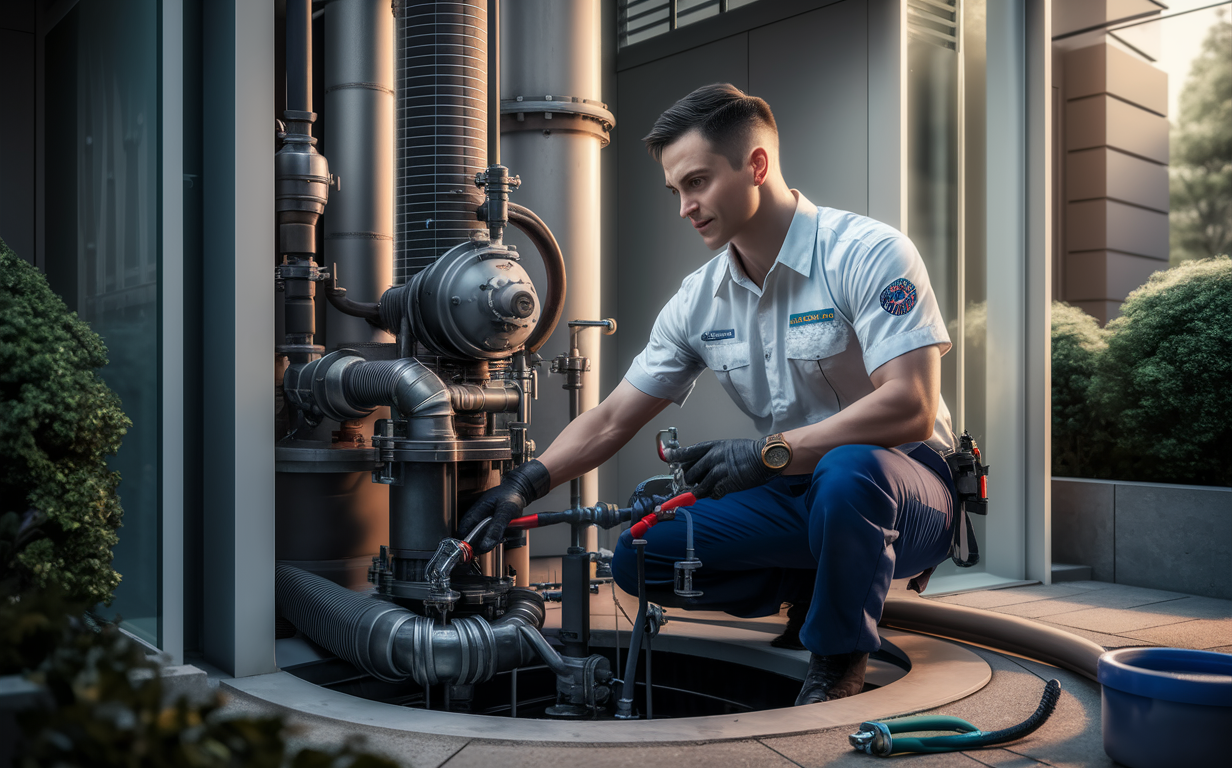
Monthly Services
For high-use lift stations in commercial properties, monthly maintenance is recommended. This ensures that the system remains in optimal condition and prevents the build-up of debris and sediment.
Quarterly Services
For lift stations that experience moderate use, quarterly maintenance is sufficient. This schedule allows for the timely identification and rectification of any issues.
Annual Services
For low-use lift stations, annual maintenance may be adequate. However, it is essential to monitor the system regularly to ensure it remains in good working condition.
Optimal Maintenance Schedule
| Frequency | Ideal For | Services Included |
|---|---|---|
| Monthly | High-use lift stations | Inspection, pumping, cleaning, testing |
| Quarterly | Moderate-use lift stations | Inspection, pumping, cleaning, testing |
| Annual | Low-use lift stations | Inspection, pumping, cleaning, testing |
Signs Your Lift Station Needs Maintenance
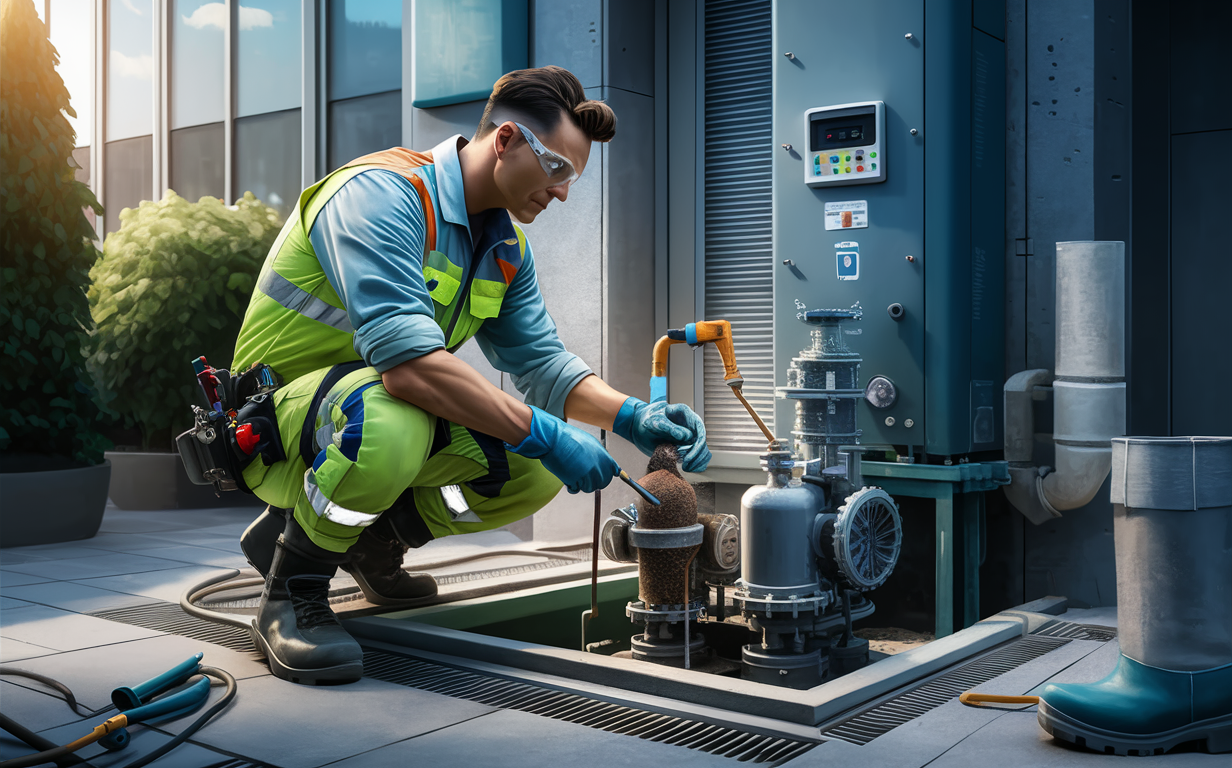
- Frequent alarms: Regular alarms indicate potential issues that need addressing.
- Foul odors: Unpleasant smells can be a sign of accumulated waste and debris.
- Slow drainage: Reduced efficiency in wastewater movement can indicate blockages or pump issues.
- Increased energy bills: Higher energy consumption may suggest that the pumps are working harder than necessary.
Choosing the Right Service Provider
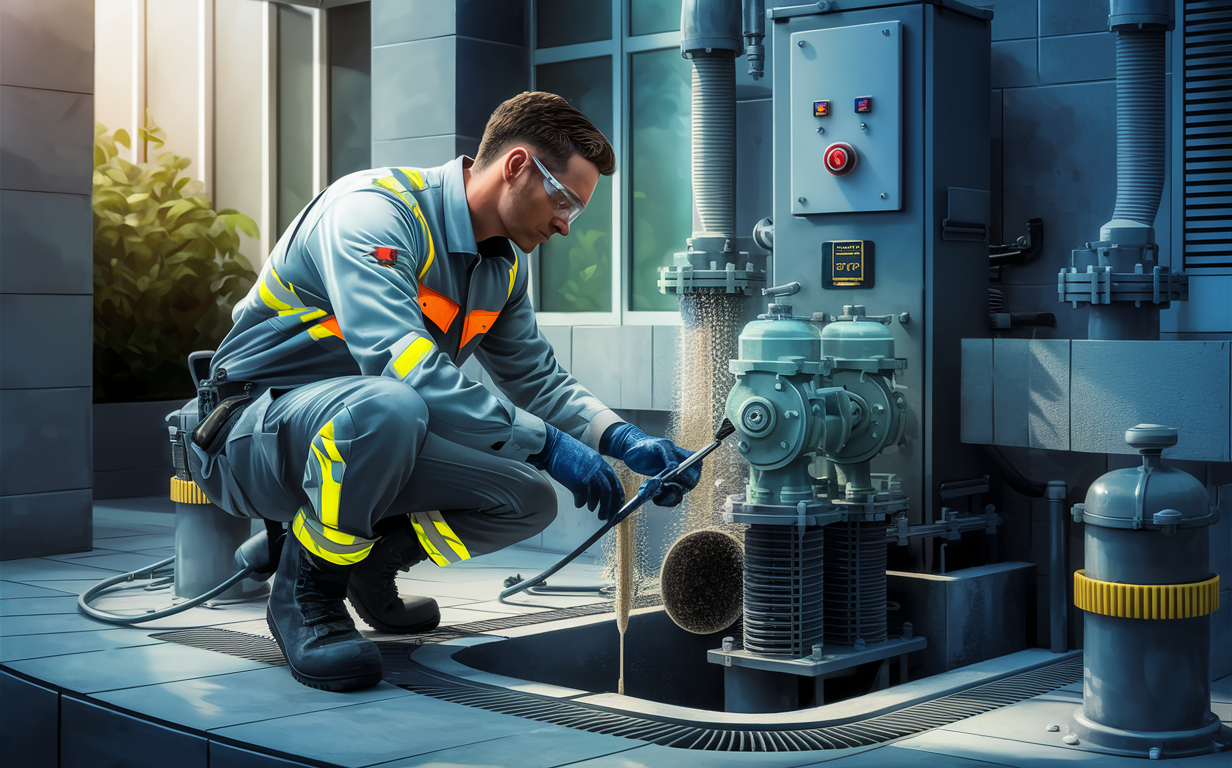
Experience and Expertise
Selecting a service provider with extensive experience and expertise in lift station maintenance is crucial. Look for companies with a proven track record and positive customer reviews.
Comprehensive Services
Choose a provider that offers comprehensive services, including inspection, pumping, cleaning, and testing. This ensures that all aspects of your lift station are covered.
Emergency Services
Ensure that the service provider offers emergency services. This provides peace of mind knowing that help is available in case of unexpected issues.
Evaluating Service Providers
| Criteria | Description |
|---|---|
| Experience | Look for providers with a proven track record in lift station maintenance. |
| Comprehensive | Ensure the provider offers a full range of services, including pumping, cleaning, and testing. |
| Emergency | Check if the provider offers emergency services for unexpected issues. |
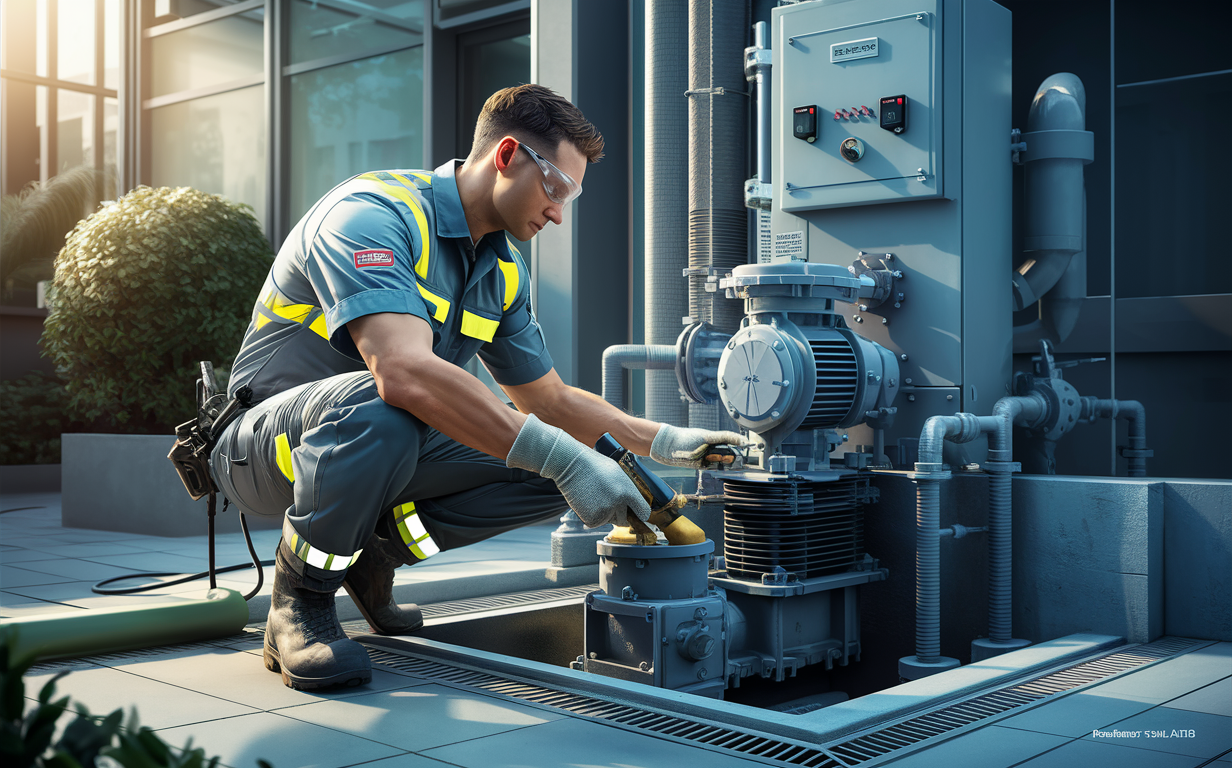
Key Considerations for Commercial Properties
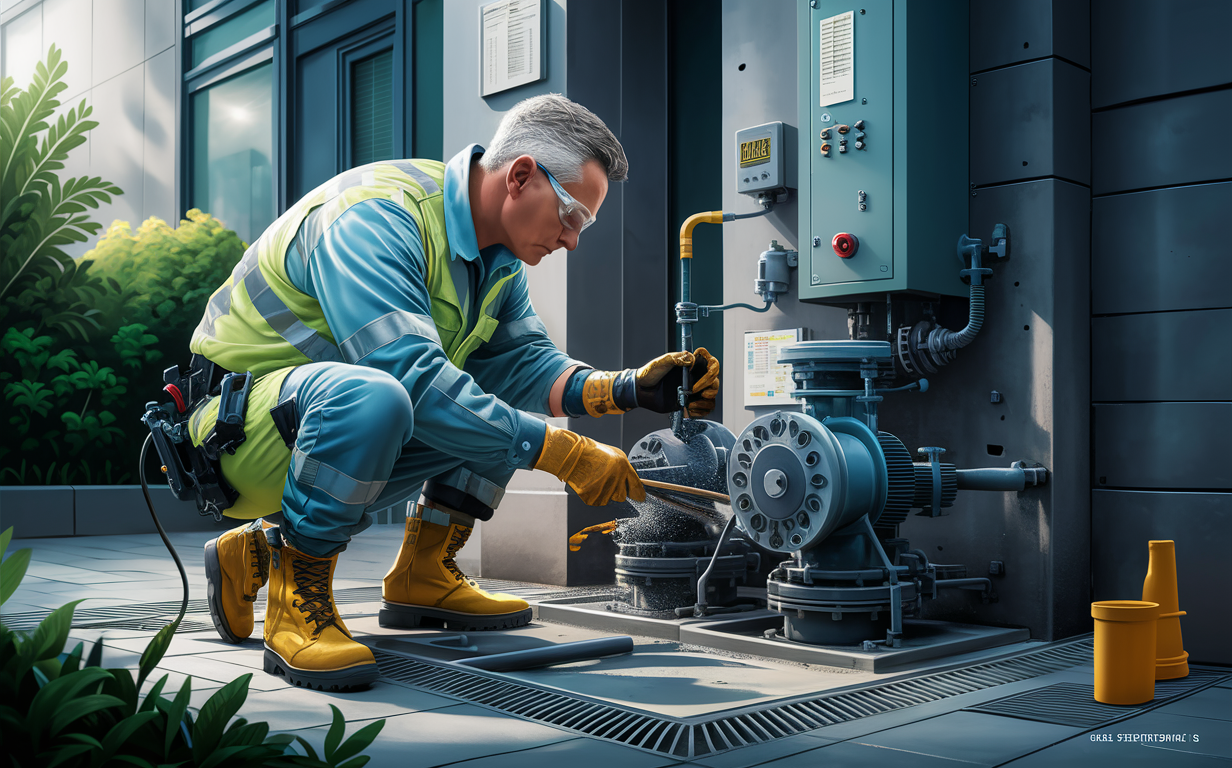
Understanding Your System’s Needs
Different lift stations have varying maintenance needs based on their usage and design. Understanding these needs is crucial in scheduling appropriate maintenance services.
Budgeting for Maintenance
While routine maintenance is cost-effective in the long run, it is essential to budget for these services. This ensures that you can maintain regular service schedules without financial strain.
Long-term Benefits
Investing in routine lift station maintenance has long-term benefits, including prolonged system lifespan, reduced repair costs, and compliance with regulations. It is a proactive measure that ensures the efficient operation of your wastewater management system.
Compliance and Efficiency
- Regulatory compliance: Adhering to local regulations is essential for avoiding fines and legal issues.
- Energy efficiency: Properly maintained lift stations consume less energy, reducing operational costs.
- System longevity: Regular maintenance extends the lifespan of your lift station, ensuring a good return on investment.
Facts About Routine Lift Station Pumping And Cleaning Services
- Number of Lift Stations in the US: According to the Water Research Foundation, there are approximately 73,000 lift stations in the United States (WRF Report).
- Frequency of Pumping: The Environmental Protection Agency (EPA) recommends that lift stations be inspected at least twice a year, with pumping and cleaning occurring as needed (EPA Guidelines).
- Cost of Lift Station Services: The American Water Works Association estimates that the cost of routine lift station pumping and cleaning services ranges from $1,500 to $5,000 per year (AWWA Report).
- Importance of Regular Maintenance: The National Association of Sewer Service Companies reports that 40% of sewer overflows are caused by lift station failures (NASSCO Fact Sheet).
Conclusion
Routine lift station pumping and cleaning services are essential for maintaining the efficiency and functionality of your commercial property’s wastewater management system. By investing in regular maintenance, you can prevent system failures, reduce repair costs, and ensure compliance with local regulations.
Partner with a reputable service provider like United Sewer & Septic to keep your lift station in optimal condition and enjoy the long-term benefits of a well-maintained system.
Call us today at (888) 845-CLOG (2564) so we can better assist you or if you want to schedule a service.

